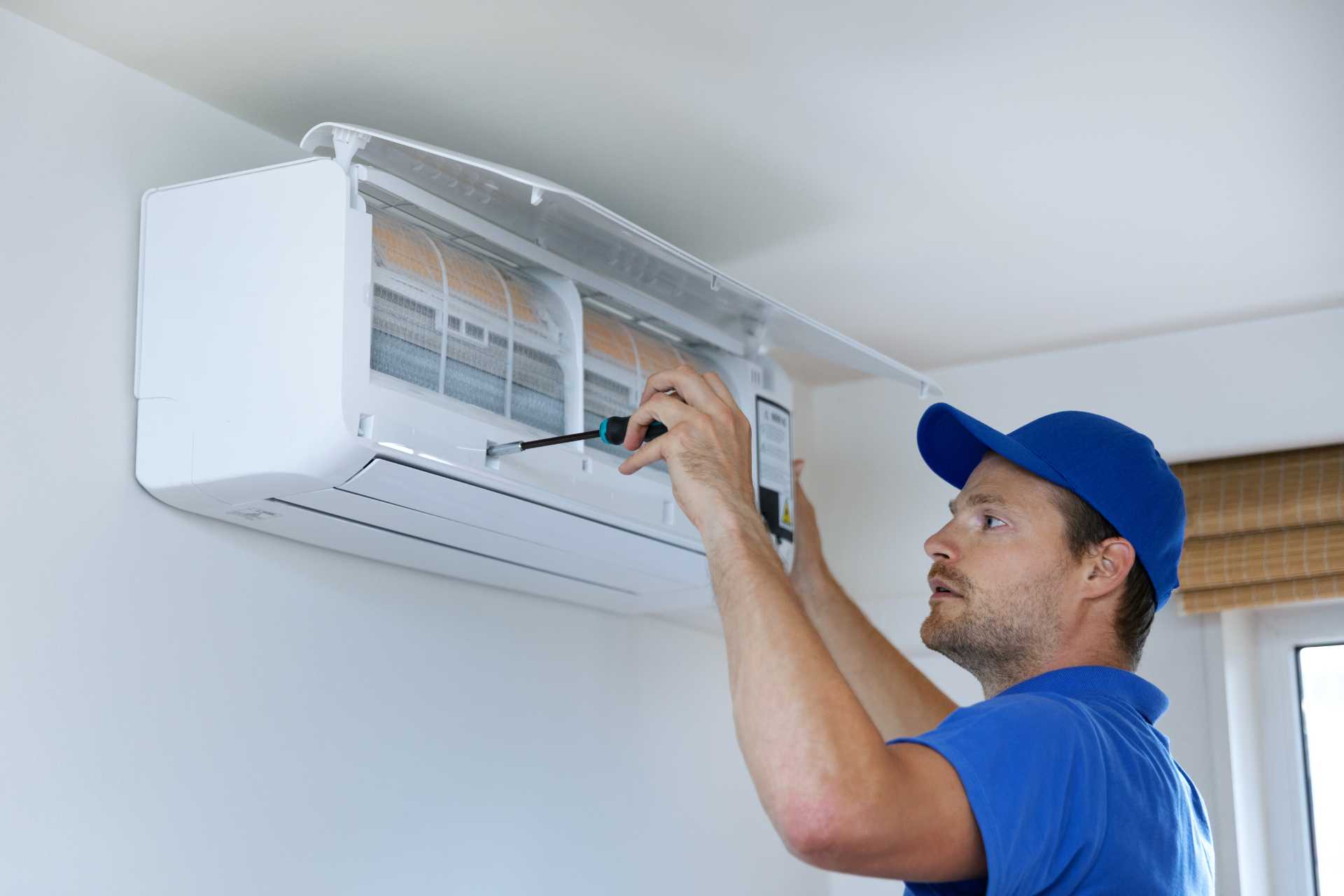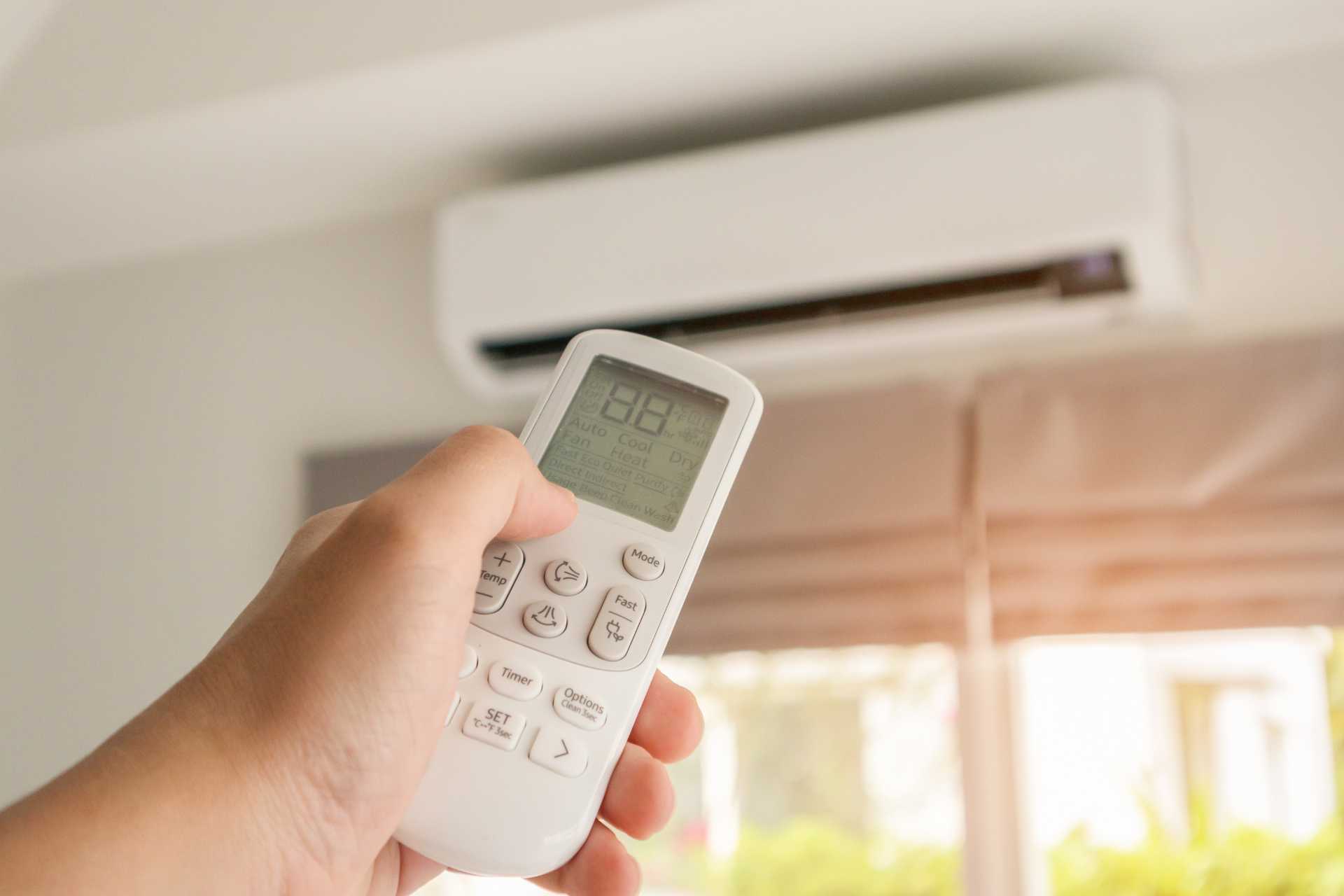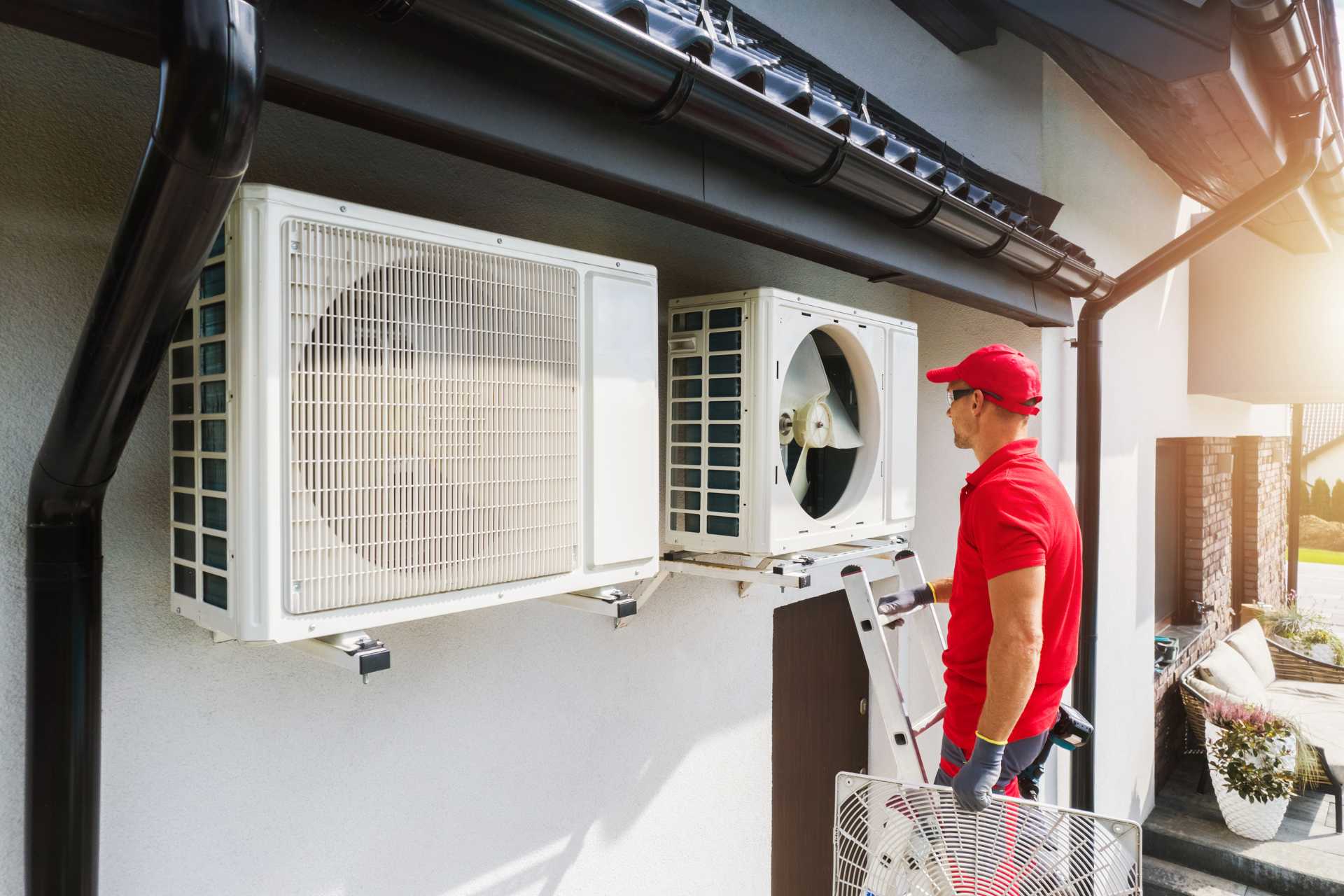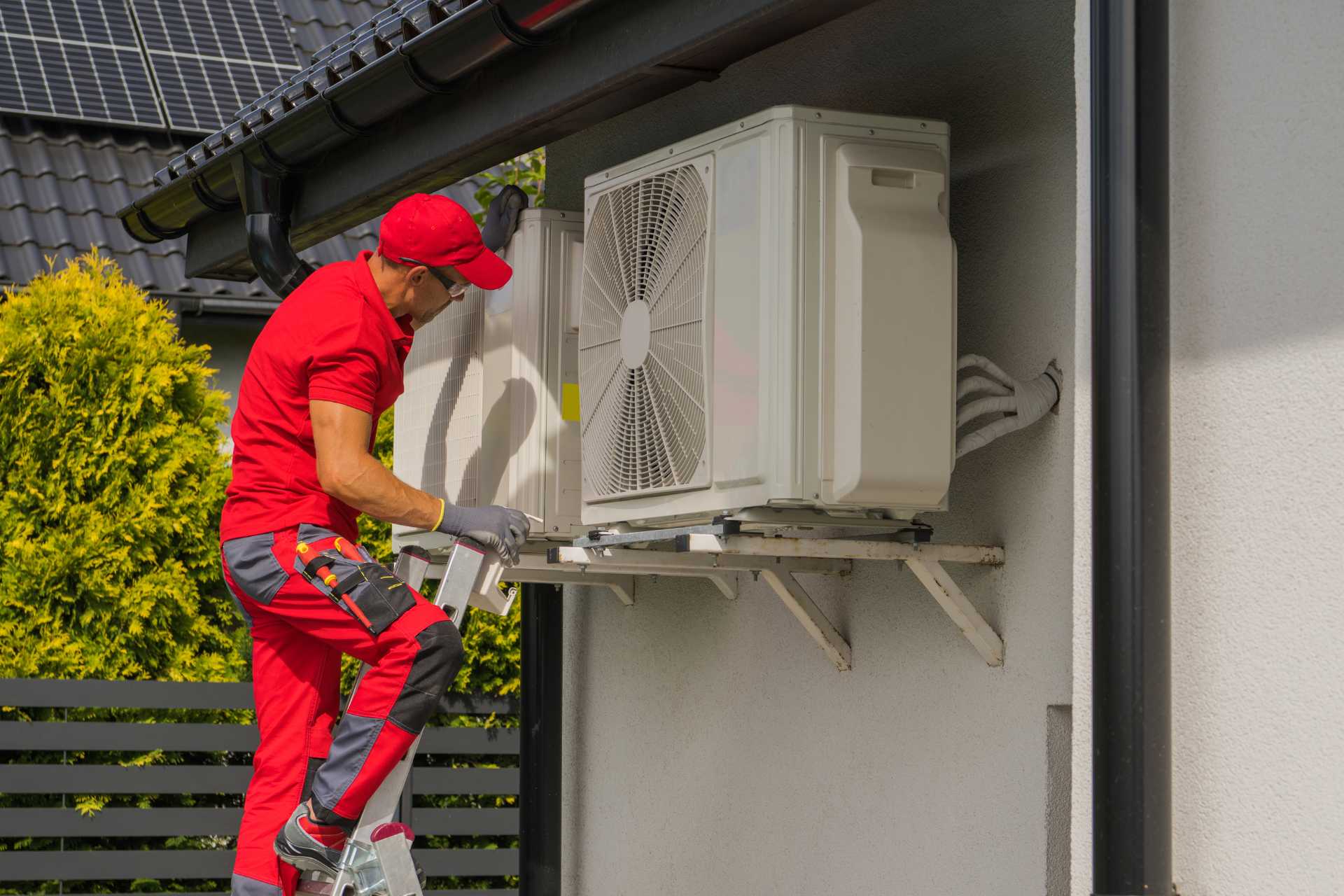Why Proper Ventilation Matters for a Healthy Home

We often focus on cleaning the surfaces we can see, but what about the quality of the air we breathe every day? A truly healthy home is about more than just being tidy. It is about creating a fresh, clean, and safe indoor environment. The unsung hero in this effort is proper ventilation. Often thought of as the “respiratory system” for your house, ventilation is the process of replacing stale, polluted indoor air with fresh outdoor air. A proper Air ventilation system is a crucial, yet frequently overlooked, component of a healthy and comfortable living space. While a good HVAC company can ensure your heating and cooling are working, understanding ventilation is key to overall home wellness. This guide will explore why it is so critical for your family’s health and your home’s structure, explaining the benefits of good airflow and what to do when poor ventilation signals a deeper problem.
The Problem with Stale Air: What’s Lingering in Your Home?
Modern homes in Canada are often built to be very airtight. This is great for energy efficiency, as it prevents heated or cooled air from escaping. However, this tight seal can also trap a surprising amount of pollutants inside. Everyday items like furniture, carpets, paint, and cleaning products can release chemicals known as Volatile Organic Compounds (VOCs) into the air. These are combined with common allergens like dust, pet dander, and cooking fumes. Without a path to escape, these contaminants build up over time, steadily degrading the quality of the air inside the home. This creates an invisible soup of pollutants that can affect health and comfort.
In addition to airborne pollutants, everyday activities release a significant amount of moisture into the air. Cooking, showering, doing laundry, and even breathing all contribute to indoor humidity. In a poorly ventilated home, this moisture has no escape route. It becomes trapped, leading to high humidity levels that make the air feel heavy, damp, and sticky. This unbalanced humidity can make a room feel much warmer and more uncomfortable than the thermostat reading suggests. It also creates the perfect environment for a host of other problems to develop, turning a simple stuffy feeling into a much more serious issue.
Health and Comfort: The Human Impact of Poor Ventilation
The buildup of indoor pollutants in stagnant air can have a direct impact on your family’s health. High concentrations of dust, dander, and VOCs can trigger or worsen allergies and asthma symptoms. They can also lead to more general health complaints, such as persistent headaches, fatigue, dizziness, and respiratory irritation. This collection of symptoms, sometimes referred to as “sick building syndrome,” often improves when you leave the house, which is a clear sign that the indoor air quality is the culprit. Ensuring a constant supply of fresh air is one of the most effective ways to promote the health benefits of quality air and create a healthier living space for everyone.
Beyond the specific health concerns, poor ventilation significantly affects overall home comfort. A space with stagnant air often feels stuffy, oppressive, and can develop persistent musty odors that are difficult to eliminate. High humidity makes the air feel clammy and warm, which can disrupt sleep and reduce general comfort levels. This often leads homeowners to lower their air conditioning temperature in an effort to feel more comfortable. This, in turn, increases energy consumption without addressing the root cause of the discomfort. A well-ventilated home simply feels fresher, cleaner, and more pleasant to be in.
Protecting Your Investment: How Ventilation Affects Your Home’s Structure
Trapped moisture is not just uncomfortable. It is also highly destructive to your home’s building materials. When humidity levels remain consistently high, moisture can condense on cooler surfaces like windows, walls, and in corners. This persistent dampness can cause wood framing and trim to swell and rot over time. It can also cause drywall to become soft and crumble, and can lead to paint peeling and bubbling away from the walls. This slow, silent damage can lead to costly structural repairs down the line, all caused by something as simple as a lack of proper airflow.
High humidity and stagnant air also create the ideal breeding ground for mould and mildew. Mould is not just an unsightly nuisance; it can cause significant physical damage to the surfaces it grows on, eating away at wood and drywall. As it grows, it releases spores into the air, which further degrades your indoor air quality and can cause a range of health problems. Preventing mould growth is far easier and less expensive than remediating it once it has taken hold. Proper ventilation is one of the most effective tools for controlling indoor humidity and preventing mould from becoming established in your home.
The Basement Connection: When Poor Air Signals a Deeper Issue
Lower levels and basements are naturally prone to higher humidity and poorer airflow than the rest of the house. A persistent musty smell or a constantly damp feeling in these areas should never be ignored. While some of this can be attributed to a simple lack of air circulation, it can also be a symptom of more significant, underlying structural concerns. The air quality in your basement can act as a canary in the coal mine, alerting you to problems with your home’s foundation that might otherwise go unnoticed until major damage has occurred.
In some cases, chronic dampness and poor air quality in a basement stem directly from foundation cracks or leaks. Water from the surrounding soil can seep into the basement through these weaknesses, introducing a constant source of moisture that a simple ventilation system cannot solve on its own. If the foundation itself is compromised and letting in water, you must fix the source of the problem first. This is where basement underpinning may be part of the solution. This major structural repair strengthens the foundation and seals these moisture entry points. After the structure is secure, a proper ventilation system can then effectively maintain a dry and healthy environment.
Actionable Steps for a Fresher, Healthier Home
Improving your home’s ventilation can start with simple, everyday habits. Take advantage of cross-ventilation by opening windows on opposite sides of your home for even just fifteen minutes a day. This creates a natural airflow that effectively flushes out stale, polluted air. It is also crucial to use your exhaust fans religiously. Always run the fan in your bathroom during and for about 20 minutes after a shower. Do the same with the range hood in your kitchen while cooking. This captures moisture and fumes at the source, preventing them from spreading throughout your home. These habits are especially helpful if you are looking into saving on your energy costs, as they can reduce the burden on your HVAC system.
Beyond daily habits, there are mechanical solutions and maintenance tasks that make a big difference. Regularly clean or replace the filters in your HVAC system to ensure it can circulate clean air efficiently. Consider using a dehumidifier in naturally damp areas like the basement or crawlspace to keep humidity levels in check. However, if musty smells and dampness persist despite these efforts, it is a sign that you need to investigate further. It may be time to consult with a professional to inspect your foundation for cracks or leaks that could be the root cause of your air quality issues.
Breathe Easy: The Foundation of a Healthy Home
The conclusion is clear. Proper ventilation is absolutely essential for your family’s health, your daily comfort, and the long-term structural integrity of your home. It is a fundamental component of a well-maintained property. Remember that persistent poor air quality, especially in a basement, should be treated as a symptom that may point to a larger issue, such as a compromised foundation. By taking simple steps to improve airflow and by knowing when to look deeper for underlying structural problems, you can ensure your home is a truly healthy, safe, and comfortable space. After all, everyone in your family deserves to breathe easy.



